Some of you may remember a little controversy over a cake that Verdant Tea used to sell , which wasn’t quite the amazingly special tea it claimed to be. Well, a new controversy has arrived through a Reddit thread. Calling these controversy is really giving too much credit to Verdant though, because in both cases the questions far overwhelm the response they gave – things, basically, don’t check out. The Reddit thread includes comments by TwoDog of White2Tea and Scott of YunnanSourcing – yes they are vendors but they are low-BS vendors, whereas Verdant’s BS meter is sky high. You should look through that thread.
The story is this - there’s this puerh that Verdant sells that they claim to be from a single 1800 years old tree. In general, people think that older trees are better, and are willing to pay through the nose to get it. I’m not going to link to the tea, which is sold out anyway, but will instead show you a screengrab.

First of all, you may note that for 100g, $60 isn’t a lot of money for a tea that claims to be as rare and special as a 1800 years old tree should. In fact, it is very cheap, cheaper than all old tree or ancient tree teas on the market today, by a pretty wide margin too. There’s a reason we say “if it’s too good to be true, it probably is.” Well, this price is way, way too good to be true, especially coming from an American vendor who will naturally have a much higher overhead.
But that’s not the only problem. There are a lot of things that don’t really check out in this story. For example, this is one productive tree! 100 cakes were pressed, with 100g each, that’s 10kg of processed tea leaves. This means the tree would’ve had to have produced 40kg of raw leaves for this much processed leaves be available for pressing. 40kg for a single tree that is so old – it’s seriously risky and damaging to the tree if this were really done, because older trees that aren’t pruned regularly don’t really grow very fast, and to harvest this much tea from it would literally kill the tree.
Not to mention that it’s impossible. This issue was reposted on Steepster, where the wife of Verdant Tea’s proprietor, Lily Duckler, responded to the criticism. Scott of Yunnan Sourcing followed up with a response of his own (in the second last thread on the page). Basically, trees of this nature are now all under state protection, and harvesting from them is usually a serious crime. I have no illusion that some illegal harvesting is going on, but this isn’t 2005 anymore when anyone and everyone can harvest whatever tea they want from whatever tree they want. It’s a lot more difficult now to get access to the fields of ancient trees, many of which have been designated as protected and thus off limits (or limited severely in quantity). That a tree this old can be harvested with impunity and obvious disregard for its long term health is not going to happen.
Scott’s response also highlighted another issue that was obviously problematic for me when I saw the page – for a vendor so keen on producing photos and videos of their trips, conspicuously absent are good photos and/or videos of the tree in question. There’s one poorly shot one in the product page, but that’s it. Lily Duckler’s response beats around the bush about other trees (some of the photos there, as Scott points out, are of trees from different tea regions entirely and has nothing to do with this village, contra Duckler’s claim) and doesn’t actually talk about the tree in question. Why not? There are pictures of other trees, but no more of the ones for which they’re selling the tea? That’s very odd, to say the least. What there are pictures of, however, are plantation tea trees in the background – the picture with the hut at the bottom? See those rows in the back on the slope? Wonder what they are? Plantation teas.
I don’t really care about pictures all that much – it’s about the tea, after all, and not the tree. Even if there are trees of that age in the area, there is no indication at all from Lily Duckler’s response that they have any proof that the tea they got is from those old trees. She mentioned, specifically, that these cakes took up a whole year’s harvest, which would imply that when they got there to buy the tea and have them pressed into cakes, the teas were already harvested and in bags. As anyone with any familiarity with Yunnan tea buying knows, buying processed leaves from bags from vendors, especially if you’re new to the area and a foreigner, is a very, very risky business. Most likely, you’ll get low grade stuff taken in from lesser regions being sold as premium goods in the more expensive regions. This has been and continues to be a problem. The really conscientious tea makers go out there themselves and harvest with the guys, oversee the entire process in person (because otherwise their good tea will get swapped out) and take the tea away with them, leaving no chance for any kind of fishy business. A few friends of mine who are serious about pressing cakes all follow this to a letter, which means spending a month or more in Yunnan every harvest season to see this done. If you don’t, you run a pretty high risk of seeing your tea get changed into something else, or at least adulterated, which is bad enough given the prices of these tea. Yet, we have no indication that these teas are in fact from those trees. The only response is “trust us” which, unfortunately, is really not good enough for the Yunnan puerh scene.
Am I being overly harsh and assume the worst of human beings? Yes and no. Yes, because I do assume the worst in the case of tea growers in Yunnan. No, because I think they are perfectly justified in doing so. You have to remember – this is the first time in history that farmers in this region have a chance to live above subsistence. These are not Bordeaux wine makers living out of old chateaus with centuries of winemaking wealth behind them. This is the first time in history for farmers here to finally buy a nicer appliance, buy a car, send kids to school in a dependable manner, have a bit of money leftover for retirement – stuff that others in the cities have enjoyed for much longer. These guys have to be hard at work trying to get as much money as they can out of their tea. The boom in puerh tea has been going on for ten years now, so conditions are nicer than when it first started, but these guys are by no means economically secure, and it is crazy to think that a farmer would give up literally tens of thousands of US dollars (and that’s how much 10kg of tea from a 1800 years old tree would be worth on the open market) to instead sell to an American guy with an online shop for something like $1000-2000 USD (Verdant couldn’t have paid more than maybe $15-20 a cake given overhead and associated costs). Giving up that much money – money that can substantially improve lives, if not for the farmer himself then for his community – would be crazy. If they’re indeed in a collective, even if the farmer himself is super-altruistic and doesn’t care for money, he would probably sell the tea to pay for school renovation, public works projects, road repairs, etc. He wouldn’t virtually give it away to some American guy to sell online, unless of course the tea is not what Verdant thinks it is. As Scott said in the thread on Steepster, if the tea really is what it is then Verdant just ripped off this Mr. Zhou and should feel ashamed.
Finally, there’s the issue of vendor responsibility. If the tea is not what it is, and I most certainly think it’s not, then it’s the same old question – is Verdant the con man or is Verdant being conned? Given their track record, I’m leaning towards the former. After all, this is a shop that sells low priced Shandong (Laoshan) green tea as if they’re premium products, and which marketed that Star of Bulang as if it’s a special cake. I find no reason to believe any of these claims made by them. Whether or not they sincerely believe them themselves is actually irrelevant. If they do, then they are too naive to do business in the tea world in China and shouldn’t be in the market, because they are just passing on cons from Chinese vendors to Western consumers without weeding out the bullshit, which is what they’re being paid to do. If they do not believe their own marketing, then they’re the con man themselves. Either way, the conclusion is the same – stay away from them as there are better vendors out there.


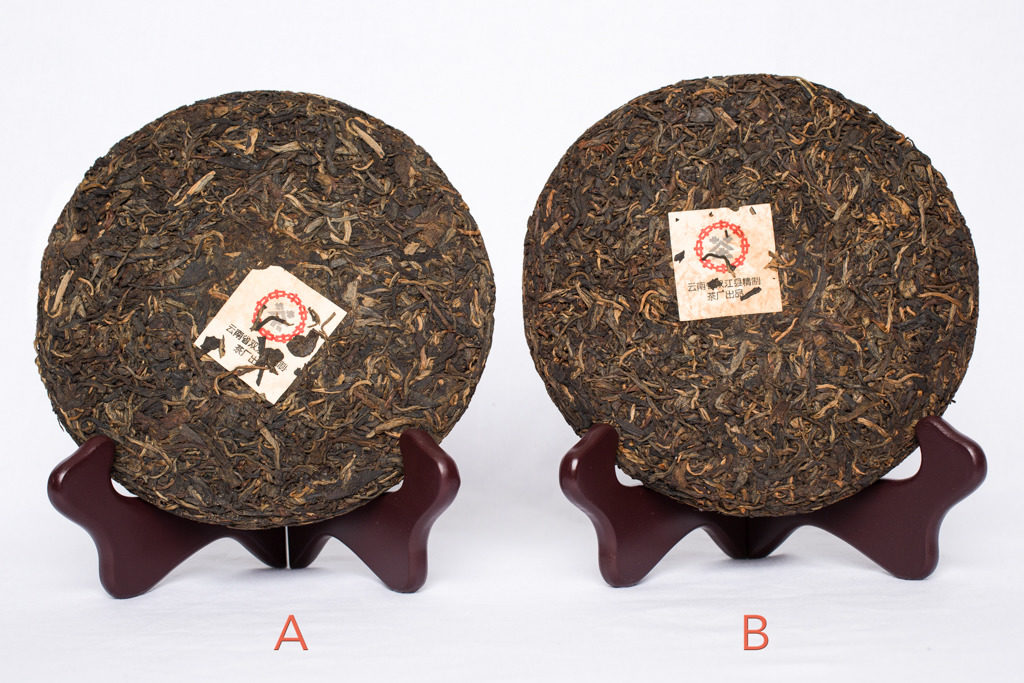
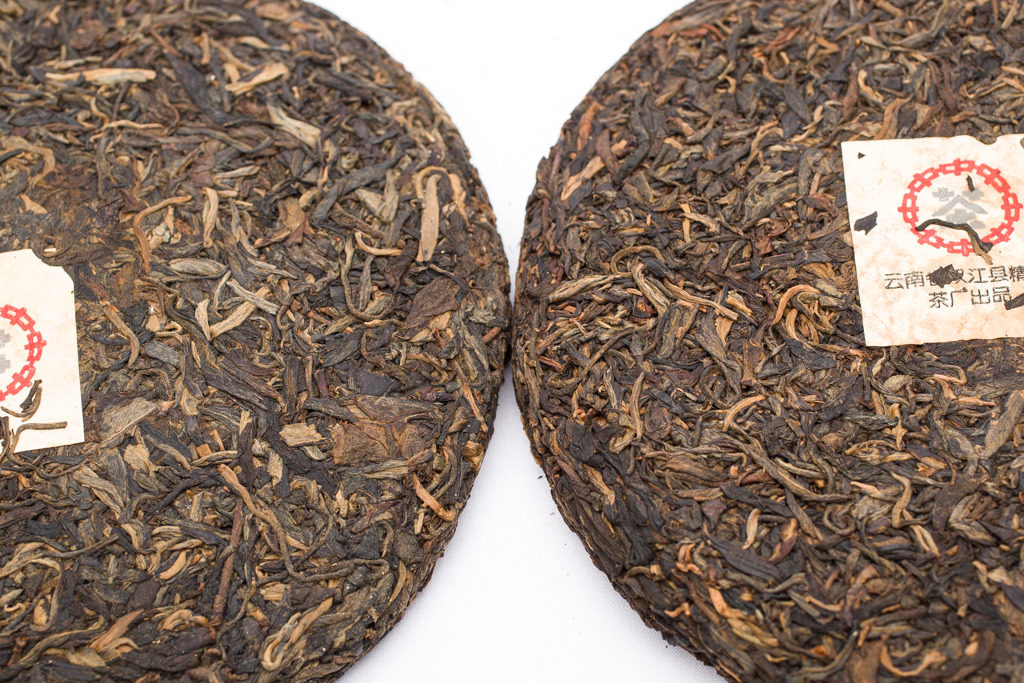



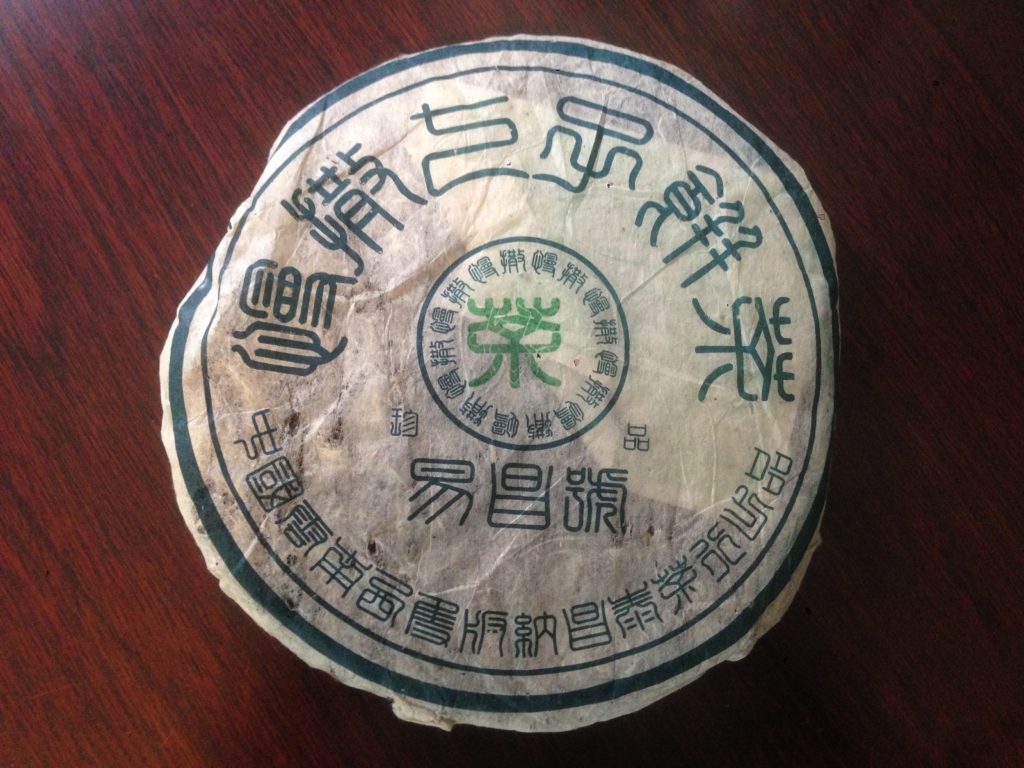
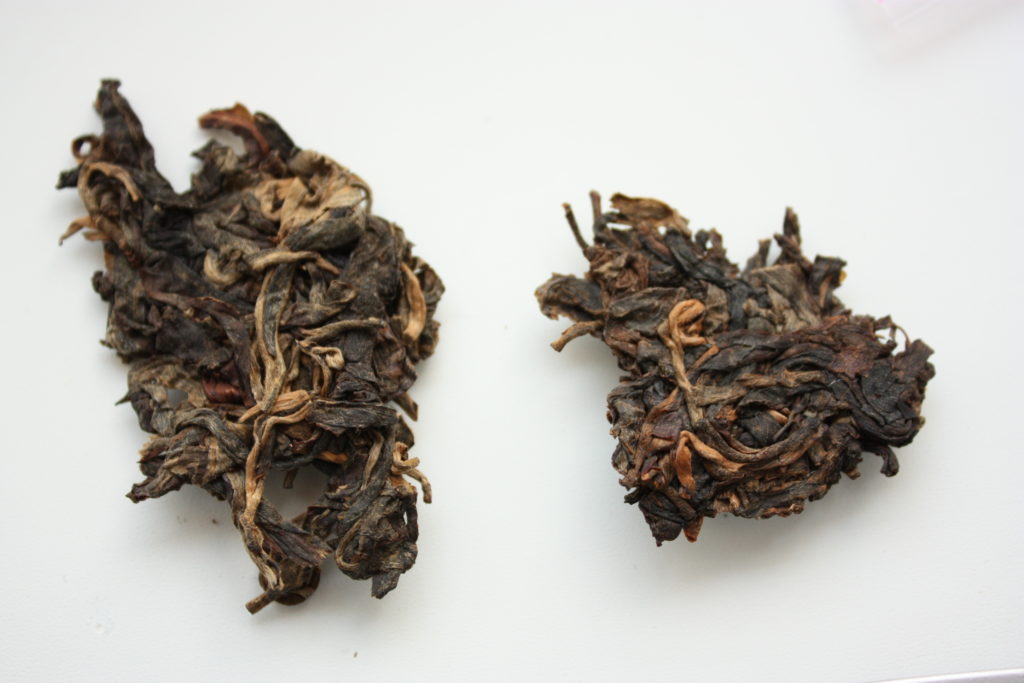
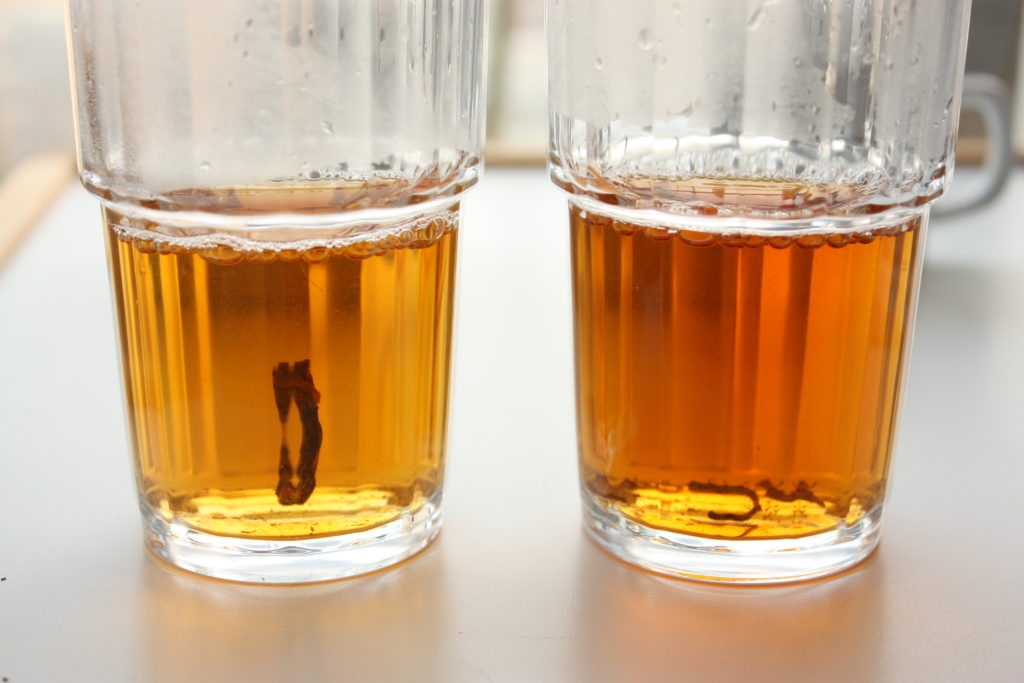
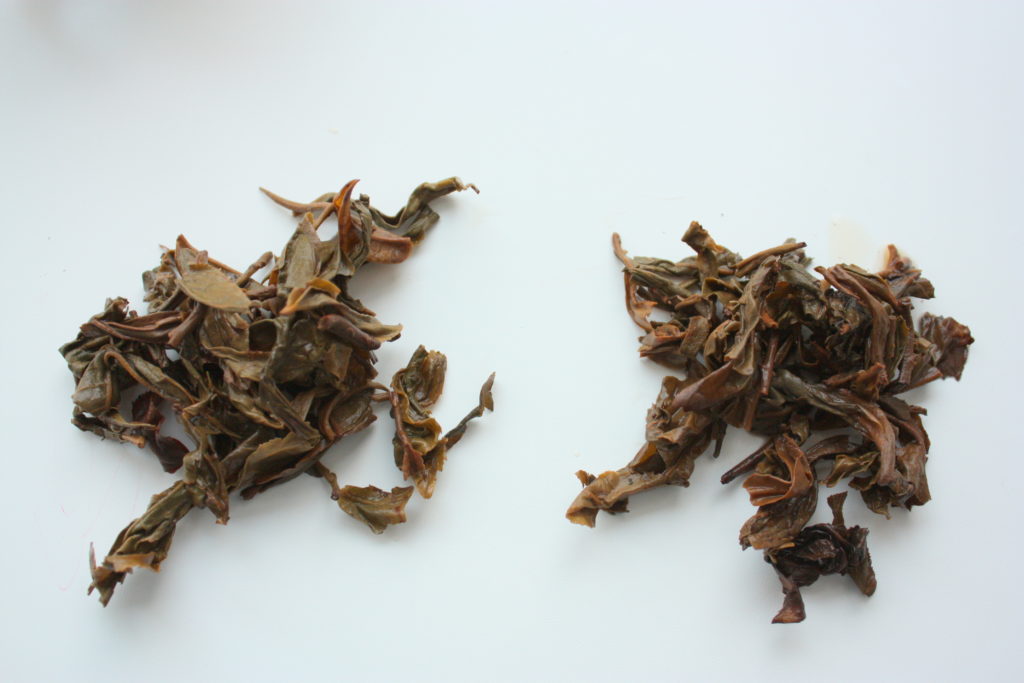





Yeah whisky prices have been leaking too, as well as luxury watches. I wrote a post maybe a decade ago…